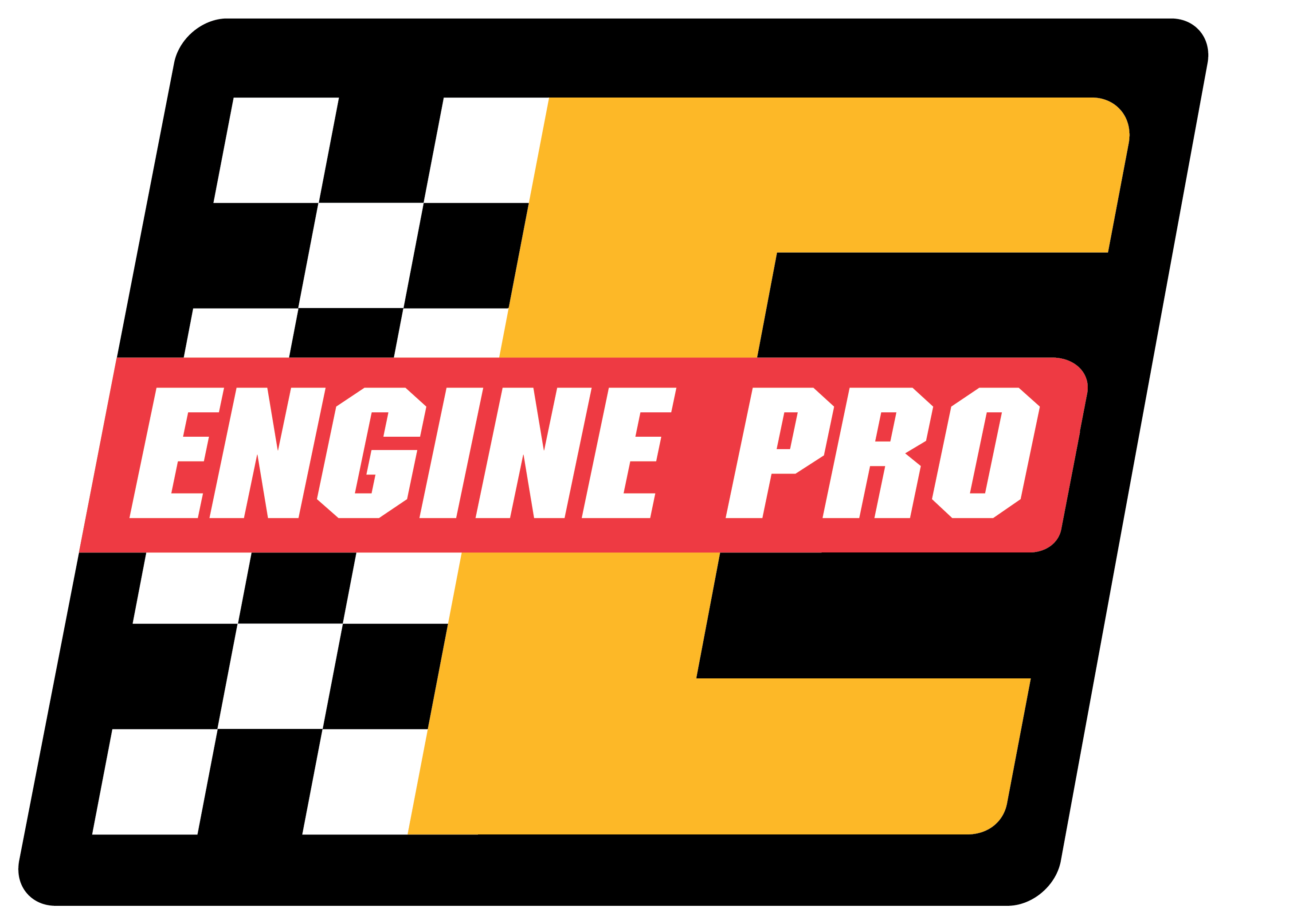GET THE FACTS ON USED OIL ANALYSIS
There is an old adage that says, “you can’t change what you can’t measure.” Accurate measurements are basically facts you can use to make measurable changes. When it comes to engine wear protection, it’s always good to have FACTS, and used Oil Analysis provides facts. No matter what your application: a turbo diesel pulling truck, a naturally aspirated drag race engine, a farm tractor, a boat, a motorcycle, a hot rod or anything in between – every situation is different and presents it’s own challenges, but doing used oil analysis is easy and not very expensive. Collecting used oil samples for analysis is quick and easy, and it provides a wealth of information. Most heavy equipment dealers, like Caterpillar or John Deere, sell used oil analysis kits for about $30. – Take a 3oz sample of lubricant directly from the engine (3oz is not considered hazardous so you can send it via regular mail) within a couple of minutes of shutting off the engine. The engine must be properly warmed up to ensures the oil has been circulated well and that the sample is representative. Next, fill out the form to identify the sample for processing and send it off to the lab. You’re done. In a few days, you’ll get the results back and you don’t need to be Ph. D. to read the report. The lab will provide a general interpretation of results. THAT simple – and it can make a big difference. It’s good practice to have the oil analyzed on a periodic basis, like every 6 to 12 months for road cars and at least every few races for a race car. – Correctly interpreting oil analysis results is critical for making good decisions about preventive maintenance and is a skill that is easily learned. It is important to understand that the report does not always pin point a specific problem, but it will provide details for troubleshooting. The results are usually organized in a spreadsheet with numbers indicating the test results. Check the report to make sure it includes your name, sample date, mileage or time on the oil, the type of oil used and the ID of the engine. The lab has a rating system that notifies you of normal, marginal and critical levels, so the report will list the condition of your engine and lubricant. Any comments from the analyst who reviewed your results can help you gauge the severity of a problem and provide a suggested course of action. These are the basic facts related to used oil analysis and how to interpret the results: – Viscosity is the most important test run on the oil. The test measures a lubricants resistance to flow at a specific temperature. If not correct for the load, the oil film cannot be established. Without enough oil flow, heat and contamination are not carried away at the appropriate rates. The oil can not protect the engine properly which can lead to over heating, accelerated wear and ultimately the failure of the engine. If viscosity change is greater then + or – 10 % of the new oil value, it is considered marginal, changes grater then + or – 20 % are considered critical. – Measuring Wear Metals involves understanding the concentration of expected and unexpected elements in your oil. You can know what to expect by analyzing the new oil before putting it in the engine. This becomes your reference sample. From this, you know what metals like Zinc and Phosphorus are naturally in the oil, and it let’s you see which metals like Iron are wear metals in the used oil. Elemental analysis cannot measure particles larger then 10 microns leaving a blind spot to larger particles. Some variance is normal in the results. Any change less than 20 ppm is typical, changes greater than 50 ppm be cautious. When you see changes greater than 100 ppm, be alarmed. – Contamination often comes from materials such as water, metals, dust, sand and rubber and is a leading cause of oil system failures. Even the smallest particles can produce significant damage, so monitoring the level of contaminants is critical. The goal is to detect the contaminants, identify their source and determine how to prevent further entry. Elements that suggest contamination include silicon, boron, potassium, and sodium. Water is a terrible lubricant and promotes rust and corrosion of metal surfaces, so it poses a serious threat to an engine.
Lake Speed Jr.
Driven Racing Oil
December, 2016


